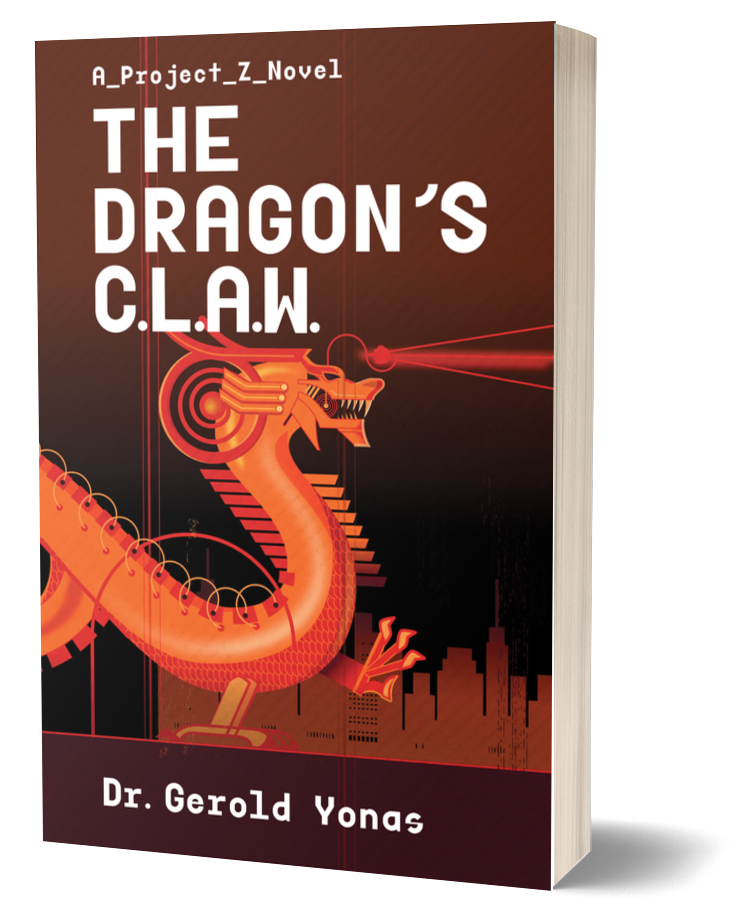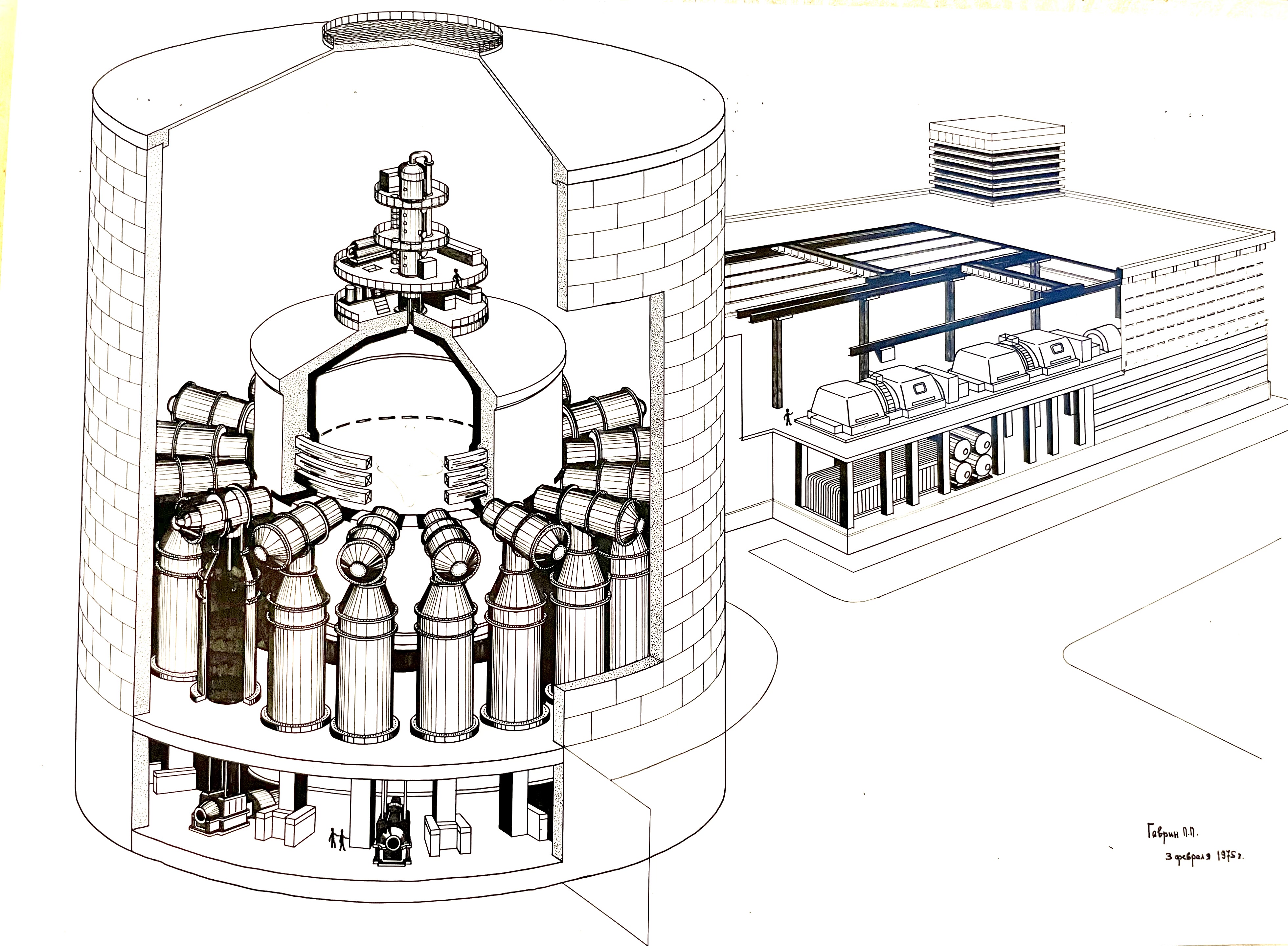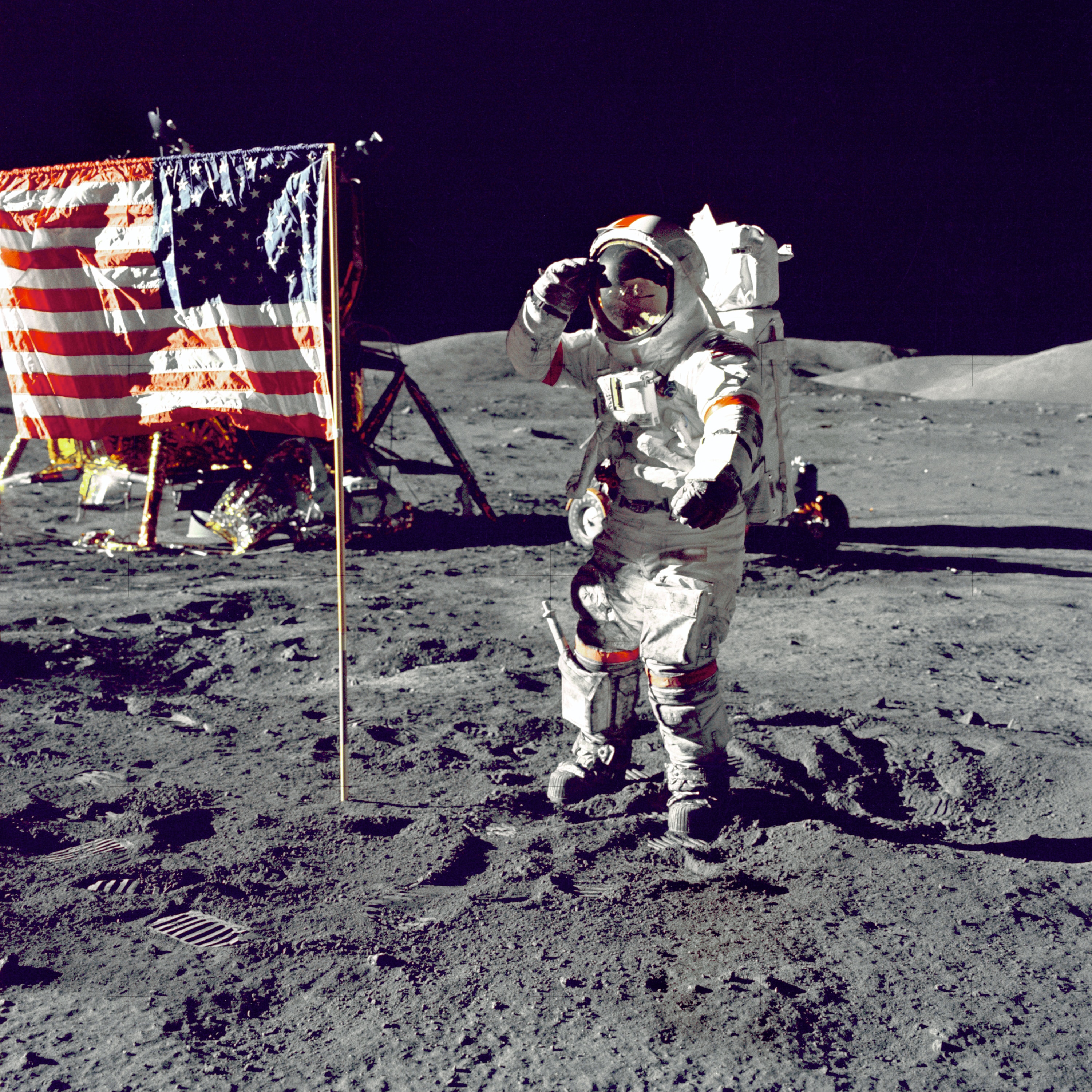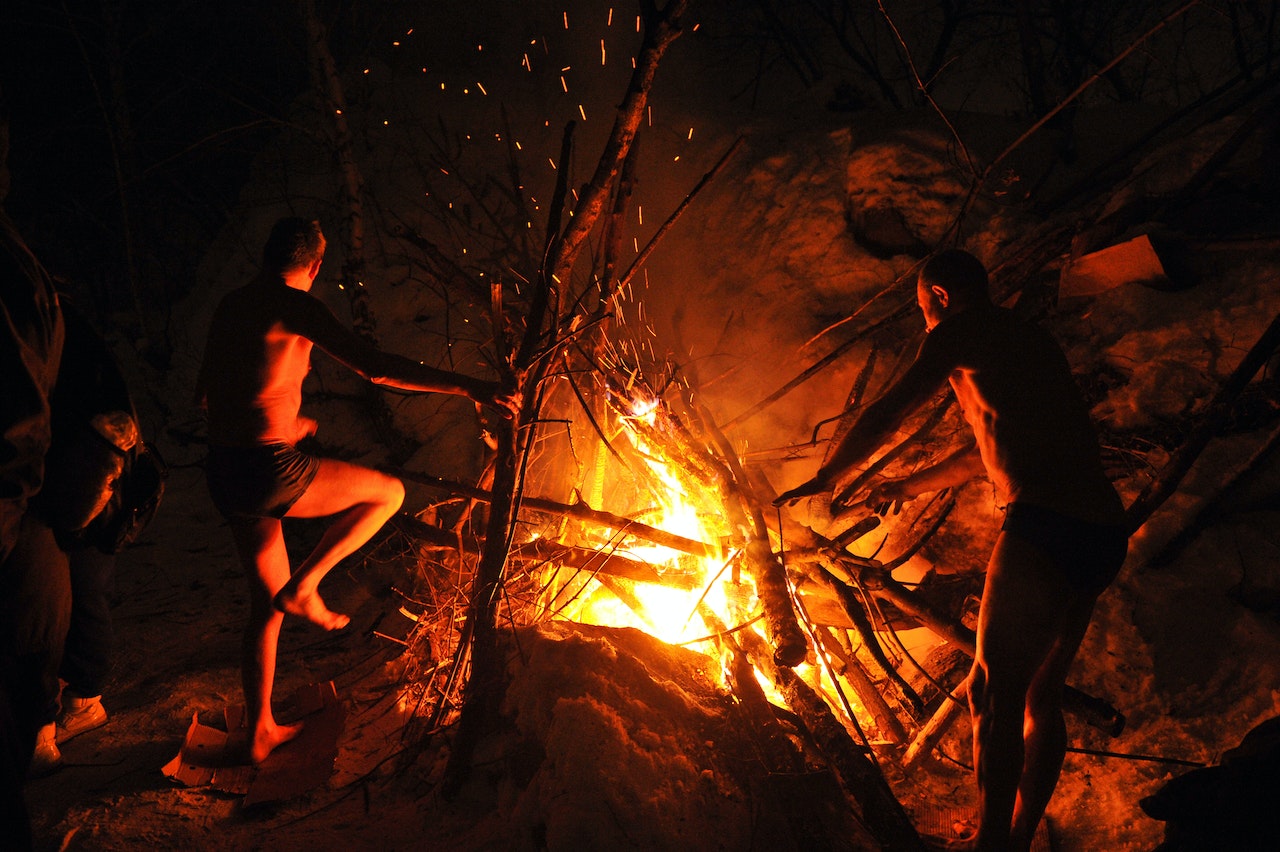
Truth may be stranger than fiction, but fiction is more fun.
At the end of 2022 when Lawrence Livermore Laboratory achieved a major fusion breakthrough, my novel, The Dragon’s C.L.A.W. was already at the printers. This struck me as amusing, since the book tells the story of a fictional clean energy breakthrough. In the novel, scientists at Los Alamos National Laboratory create a compact clean low-cost energy source using electron beams to trigger a Low Energy Nuclear Reaction that generates electromagnetic energy and then directly convert that into electricity.

The fictional breakthrough discovery is an accident that generates one thousand times more energetic output. In addition to intended entertainment, my book’s basic messages are first that surprises happen in research when one’s imagination, creativity and enthusiasm is as important as careful well-founded analysis. My second theme is that discovery of new science is like a knife. A knife can be used to butter your bread or slit someone’s throat. Technology is a literal double-edged sword. I believe that there will always be applications of scientific achievements that are both civilian and military—that can be used for peaceful innovation or for weapons of war. I also believe that there will always be people who can invent and stimulate ideas as well as people who know how to stand in the way of progress. The path to scientific innovation often involves the sort of characters that appear in the pages of The Dragon’s C.L.A.W.
I spent much of my career striving to achieve a breakthrough that could lead to clean, unlimited energy. Now, as an author I have created a fictional breakthrough that reaches that goal. So, naturally that begs the question—will scientists achieve that fusion goal in real life? When it comes to recent fusion breakthroughs, the rhetoric is exciting and invigorating. Examples of recent not too specific government fusion statements are “a game changer for efforts to achieve President Biden’s goal of a net-zero carbon economy,” and “new ways to power our homes and offices in future decades.” When I read such announcements, I cannot but help remembering Reagan’s Star Wars speech in 1983 that the goal of his missile defense program would make “nuclear weapons obsolete.” The outcome of the Reagan initiative was not technical but a strategic/political event that took place at Reykjavik Iceland in 1986 as told in my Potomac Institute article, It’s Laboratory or Goodbye.

Another famous president’s call for action was Kennedy’s 1962 challenge to “land a man on the moon” by 1970. In my first year as a grad student, after I listened to a detailed Caltech colloquium after the Kennedy speech, I was convinced that the technology was already well developed, the achievement was not that far off and a race with the Soviets would provide plenty of political support for the program. Kennedy’s words shaped public enthusiasm for the space program. Words can change the way people think about science. Words can change the way governments fund science.
This approach to imagining and planning for a very distant future suggested to me a story that begins with “it was dark and stormy night.” The story is about two cave men who sat in the cold, dark, dampness of their cave when a bolt of lightning struck and ignited for the first time in the history of human development, a pile of wet branches at the mouth of their cave. The pile of wet wood was ignited into a growing fire rather than just a thin whisk of smoke they had previously experienced. One cave man could hardly believe that a lightning bolt could create a roaring fire in wet wood. He was astonished, warm, happy, and started to roast a small rodent on a stick, but the other, probably one of the first human engineers spoke up, “What if the lightning bolt ignited a new reaction that transformed the wood into new materials and created a way to make cheap, clean, inexhaustible energy?”

If you want to spend more time thinking about the scientific process, the quest for inexhaustible energy and the unavoidable connection between peaceful innovation and military applications, pick up a copy of The Dragon’s C.L.A.W. at your local bookstore or order online:
- Amazon: https://www.amazon.com/Dragons-Claw-Project-Gerold-Yonas/dp/1951122585/
Barnes and Noble https://www.barnesandnoble.com/w/the-dragons-claw-gerold-yonas-phd/1142524392?ean=9781951122584
Bookshop.org/IndieBound: https://bookshop.org/p/books/the-dragon-s-claw-volume-1-gerold-yonas/18964236?ean=9781951122584&ref=https%3A%2F%2Fprojectzbooks.com%2F&source=IndieBound&title=The+Dragon%27s+Claw+%28Project+Z+%231%29

Mainly a PR breakthrough. Not much science there.
<
div>Gene
Sent from my iPhoneGene McCall
<
div dir=”ltr”>
<
blockquote type=”cite”>
LikeLike
Has the breakthrough been repeated?
LikeLike
Not repeated
LikeLike
Twice could be statistical variation in parameters but three times would be real.
LikeLike
More like 10 times.
Sent from my iPhoneGene McCall
<
div dir=”ltr”>
<
blockquote type=”cite”>
LikeLike
A real reactor would require ten times…..each second.
LikeLike
There are only two shots at a megajoule, or higher. All the others are much lower.
LikeLike
Have they tried to repeat all of the input parameters.
LikeLike
Have they tried to repeat the exact same input? The same target? Same pulse shape?
LikeLike
They have tried keep everything the same
LikeLike
What are your expectations of the ability to “keep everything
LikeLike